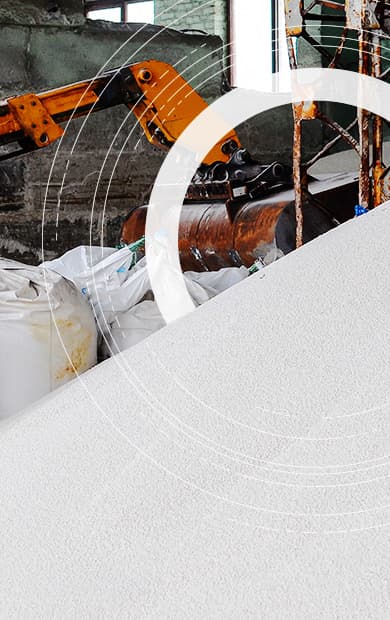Overview
The ease of urea availability east and west of Suez has shaped the current trade flows of this key nitrogen fertilizer. Despite challenges posed by energy prices and military conflicts, key import markets such as India, Australia, and Latin America remain robust. But structural oversupply and the role of China as a swing exporter have led to price volatility as this fast-moving market seeks equilibrium, more so during seasonally high-demand periods.
Our extensive nitrogen coverage includes prilled and granular urea, UAN, ammonium nitrate, and ammonium sulphate. Argus has many decades of experience covering the nitrogen market and incorporates our multi-commodity market expertise in key areas including ammonia and natural gas to provide the full market narrative.
Argus support market participants with:
- Daily and weekly nitrogen price assessments, proprietary data and market commentary
- Short and medium to long-term forecasting, modelling and analysis of urea prices, supply, demand, trade and projects
- Bespoke consulting project support
Latest nitrogen news
Browse the latest market moving news on the global nitrogen industry.
No Results Found

Argus Fertilizer Market Highlights
The complimentary Argus Fertilizer Market Highlights package includes:
• Bi-weekly Fertilizer Newsletter
• Monthly Market Update Video
• Bi-monthly Fertilizer Focus Magazine
Spotlight content
Browse the latest thought leadership produced by our global team of experts.
Explore our nitrogen products
Region and country focused market intelligence
Key price assessments
Argus prices are recognised by the market as trusted and reliable indicators of the real market value. Explore some of our most widely used and relevant price assessments.



